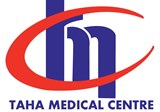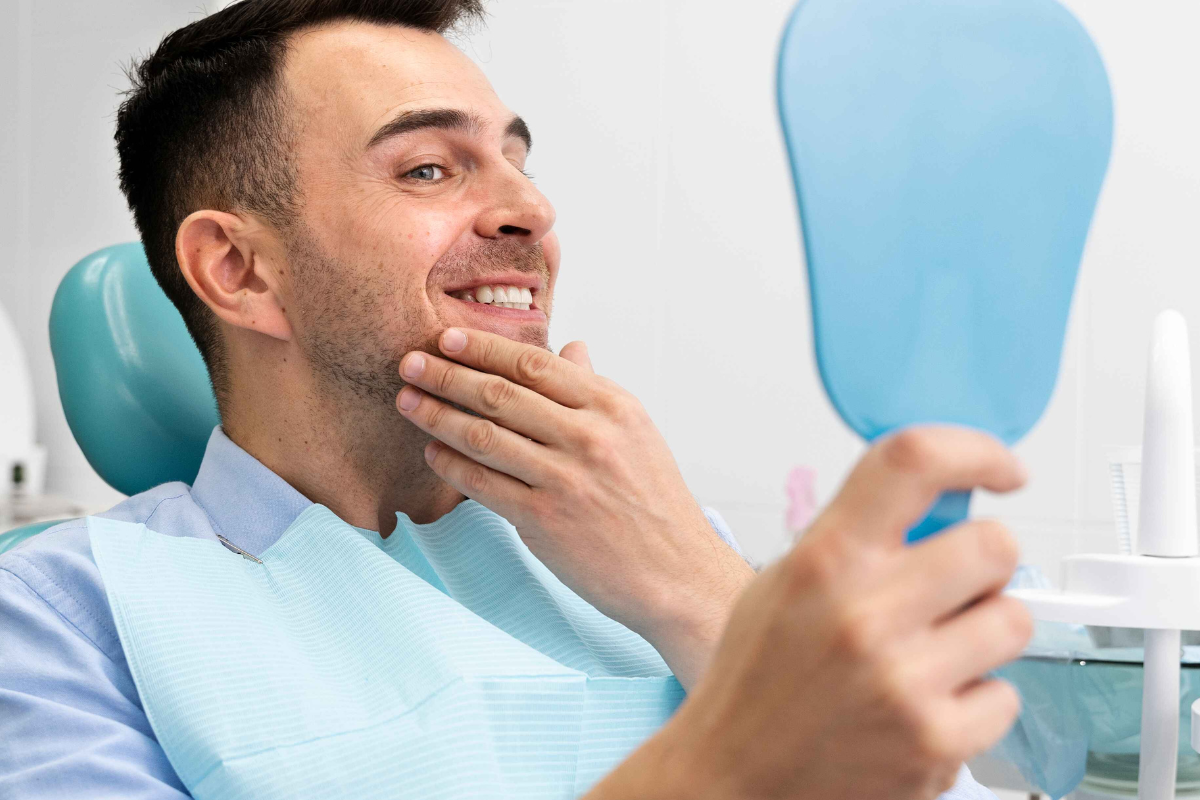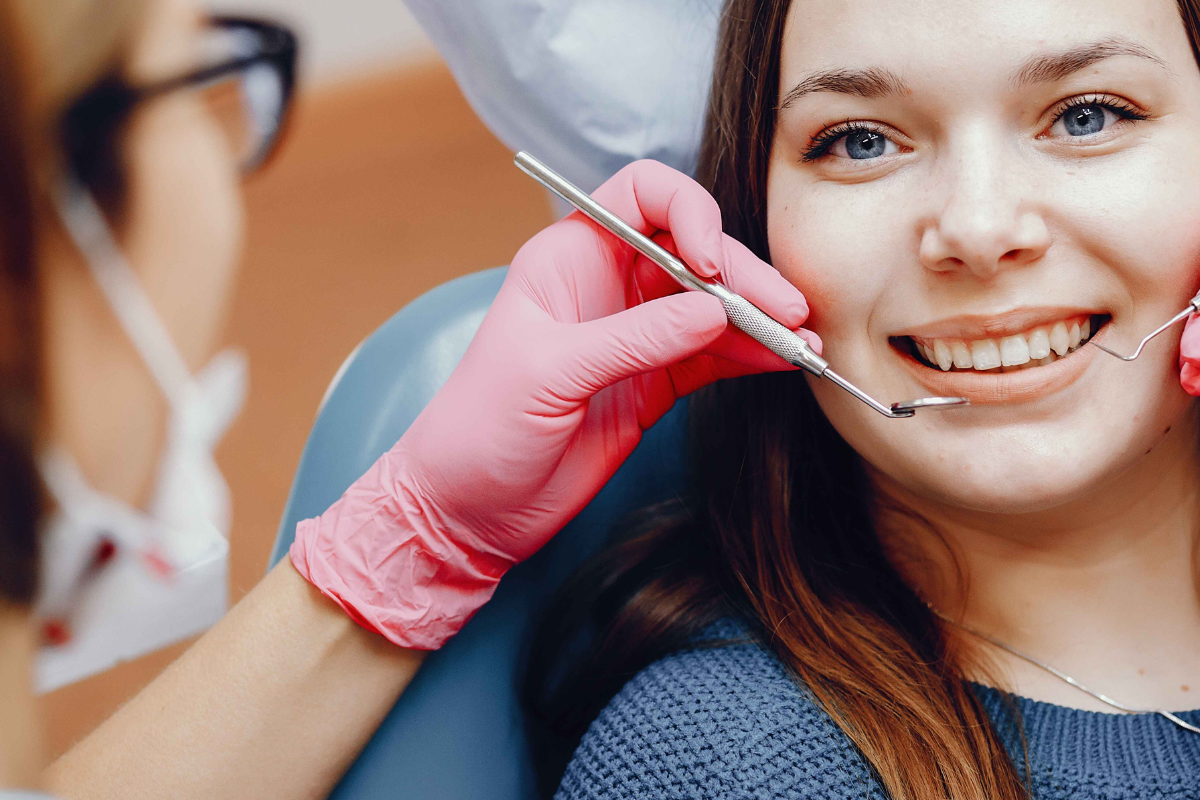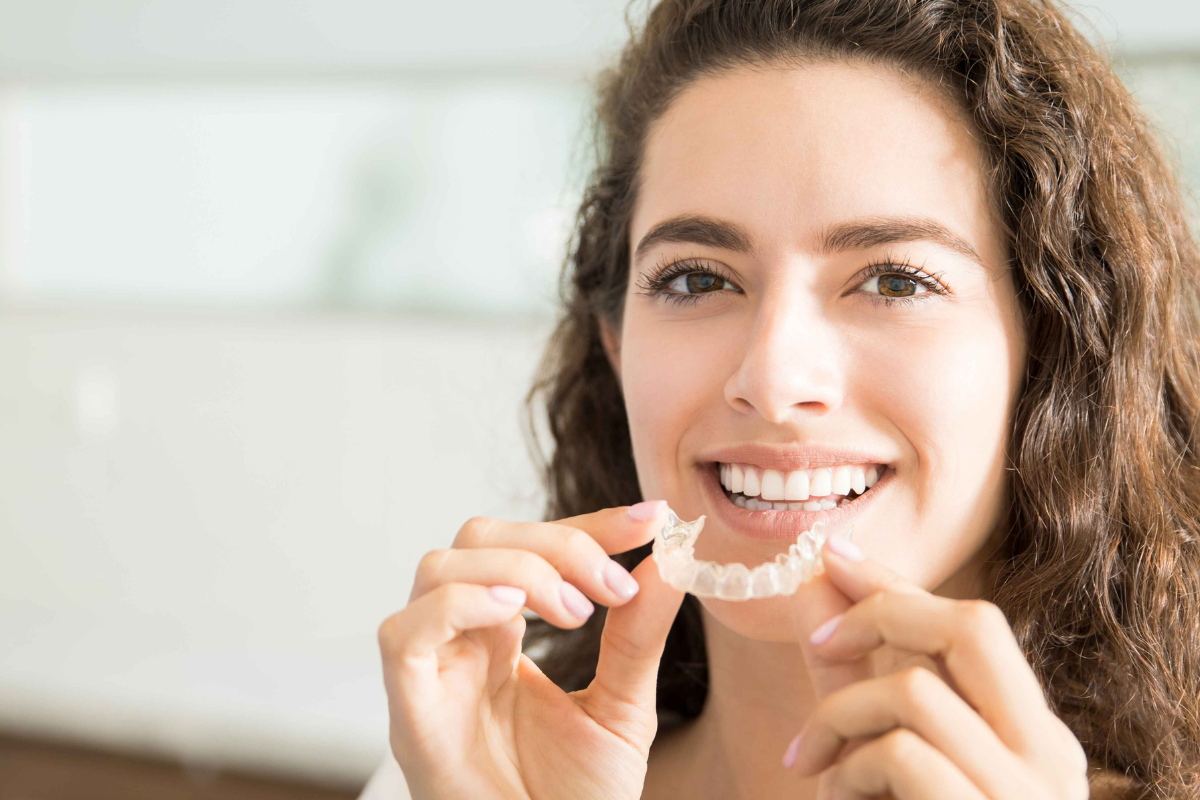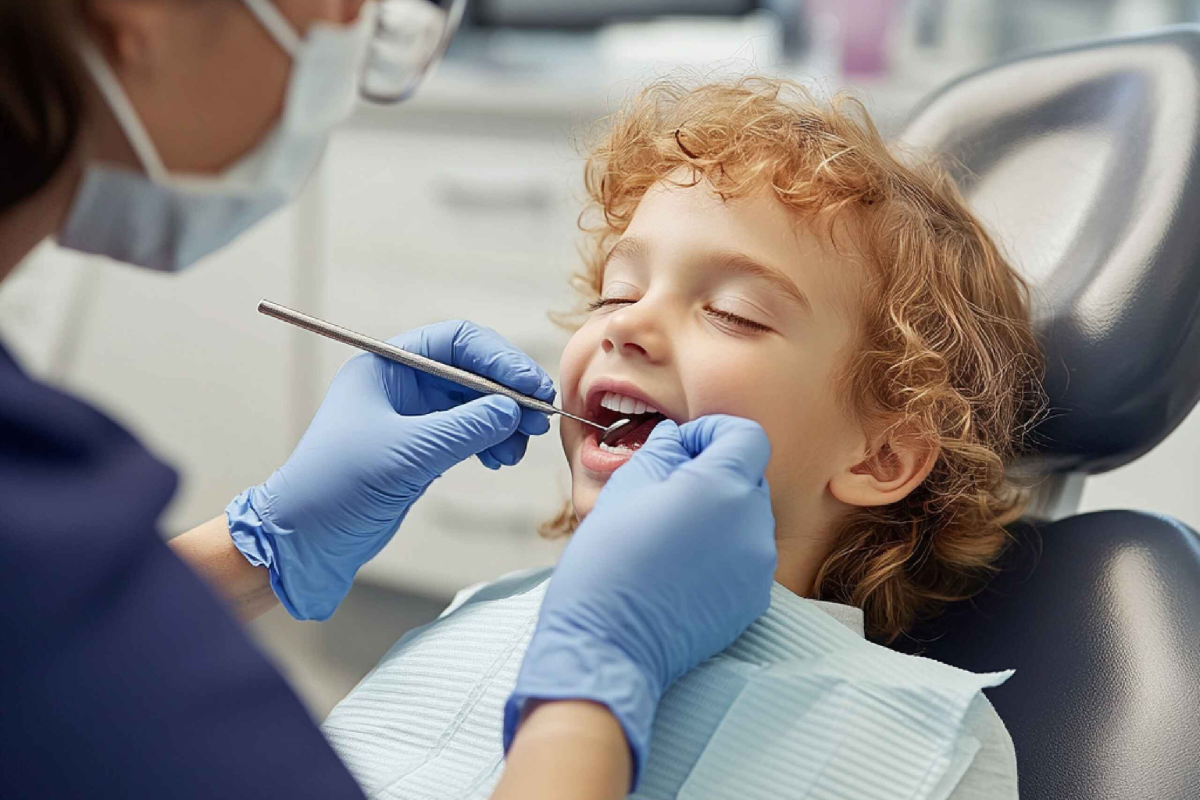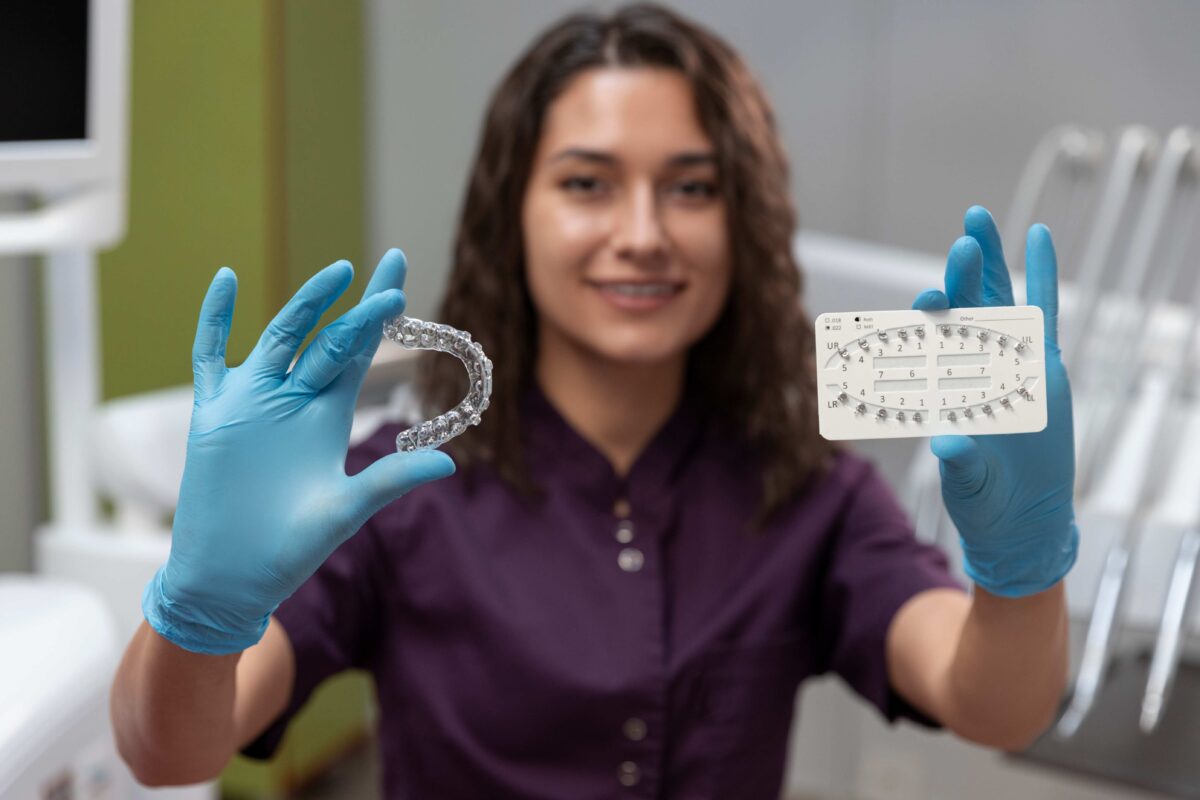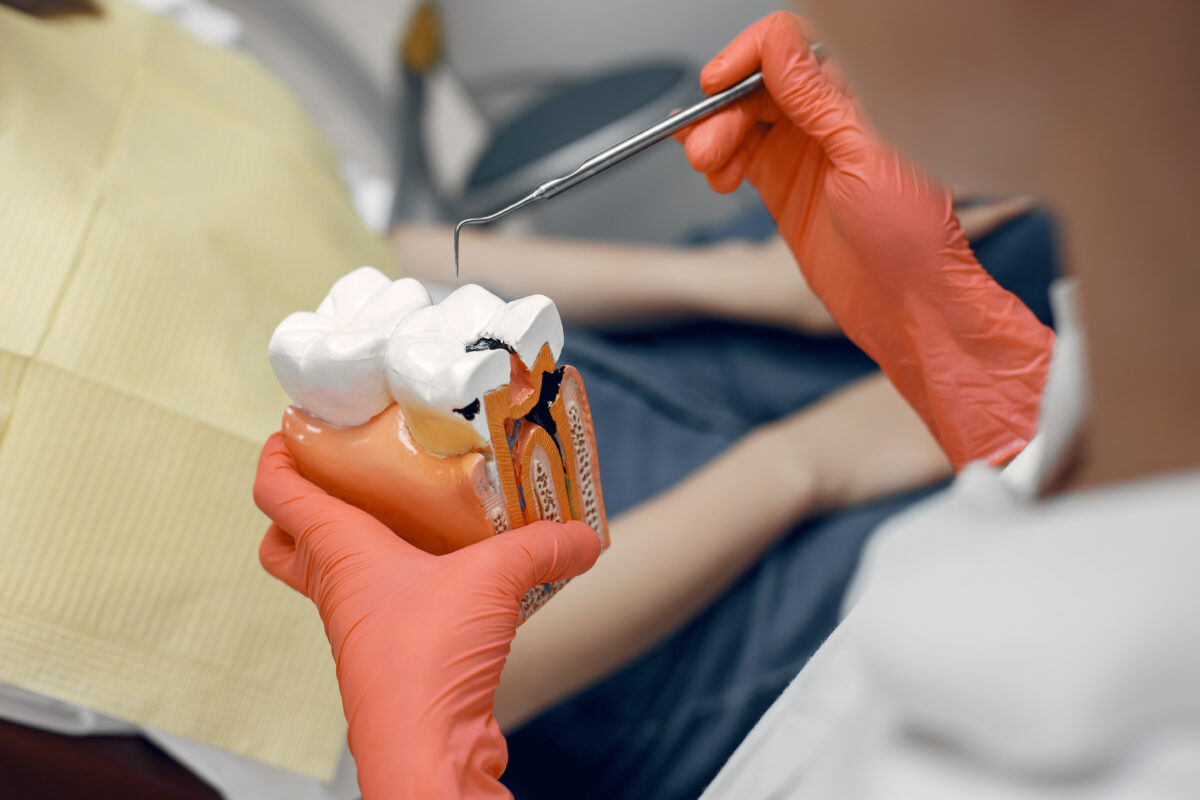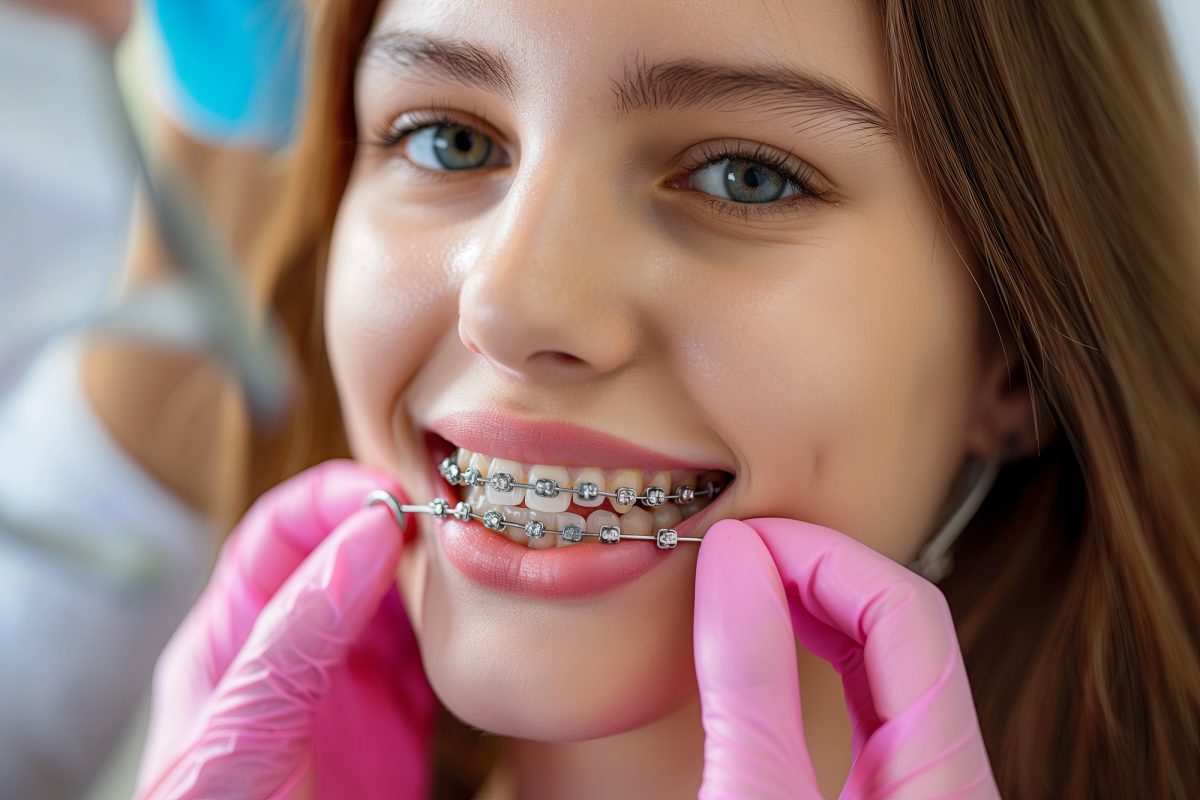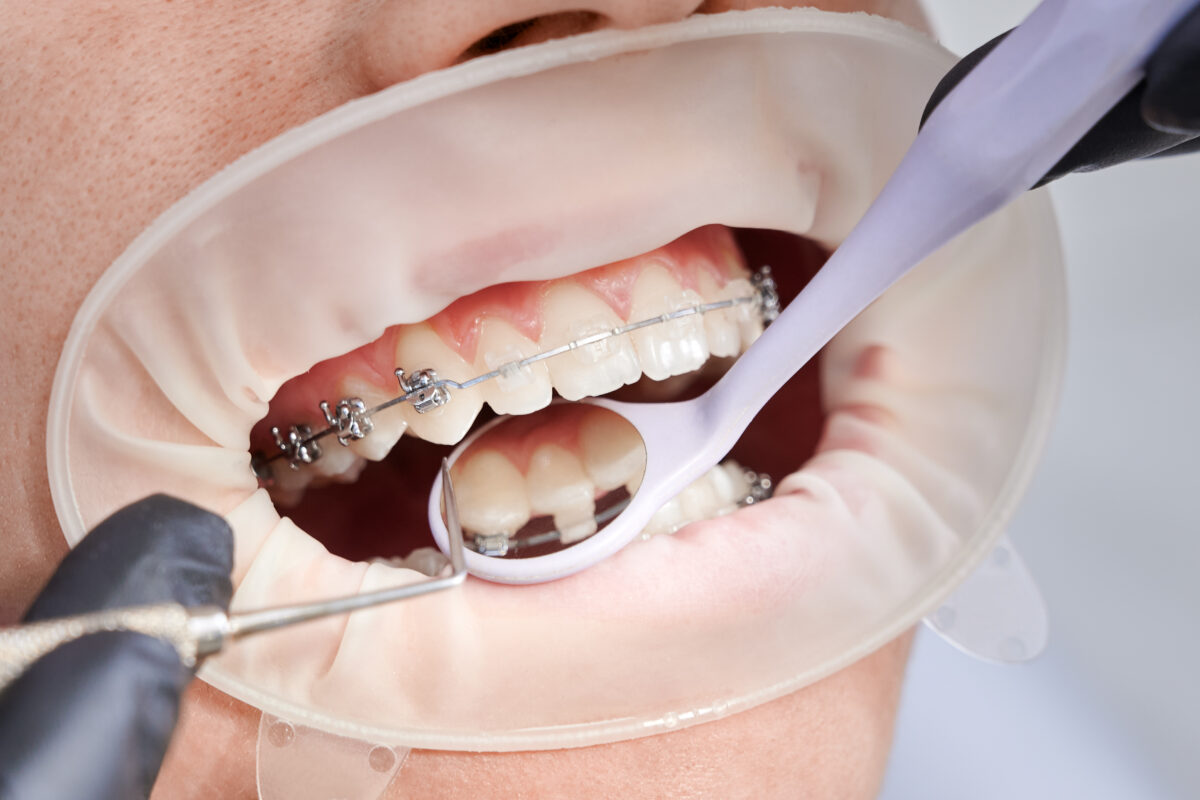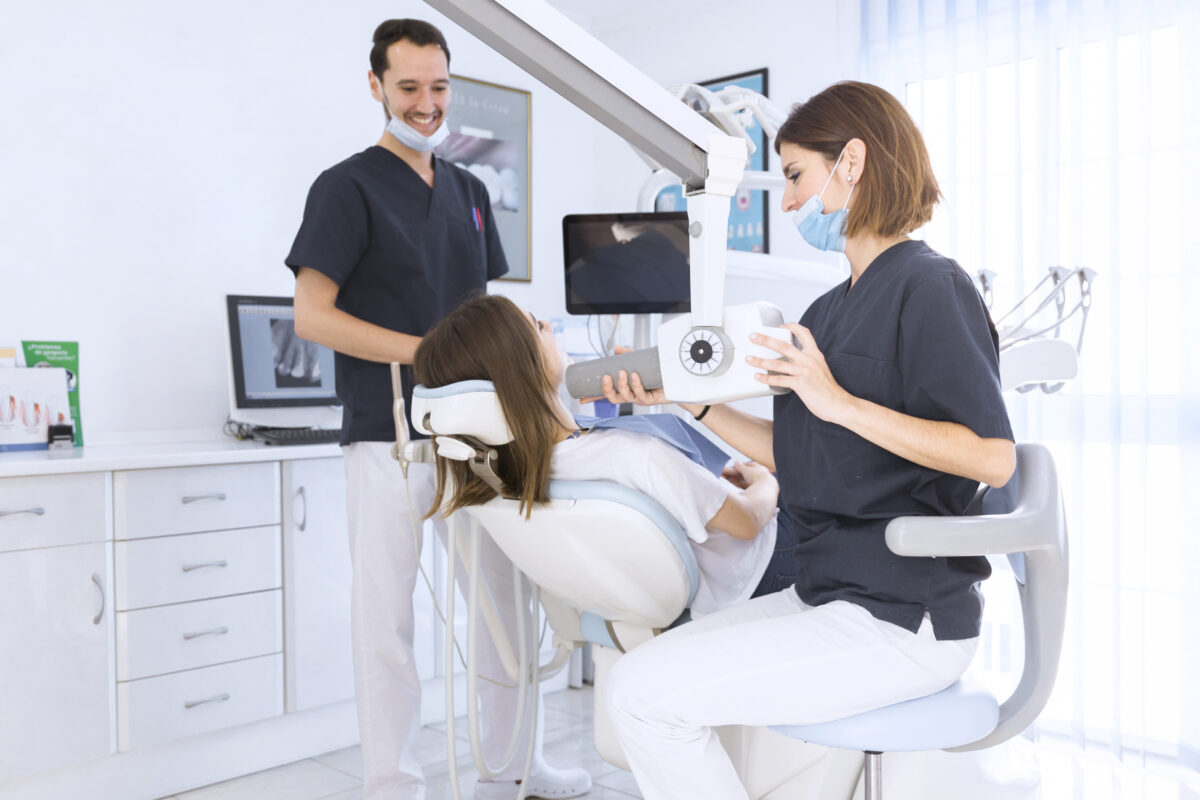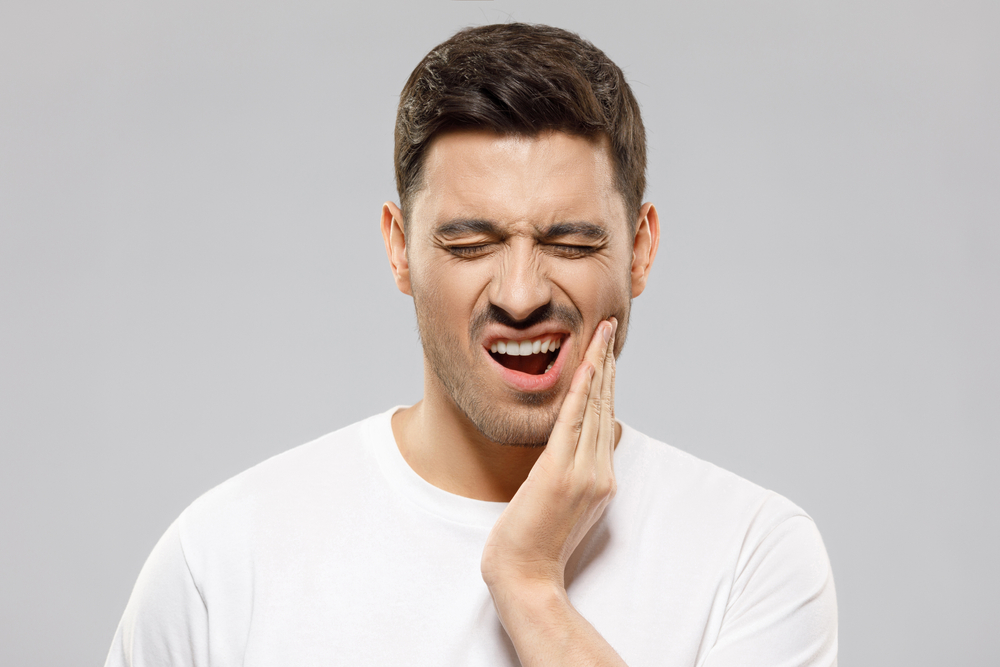A person’s face and appearance are among the first things that others notice about him/her. Improving the smile and facial appearance is also one of the most important reasons why many people opt for facial aesthetic procedures and orthodontic treatments in Abu Dhabi. Orthodontics is the branch of dentistry that is involved in the improvement of alignment of a person’s teeth and jaws, for correction of various bite issues. Facial aesthetic procedures are minimally invasive procedures that are designed to enhance a person’s natural features. Orthodontic treatment and facial aesthetic procedures should be carried out in harmony with one another in order to ensure a beautiful smile and create a balanced facial contour.
Role of Teeth Alignment in Facial Harmony
Despite the influence of ethnicity and cultural beliefs, there are some universally preferred facial shapes and perceptions of beauty. Orthodontic treatments are involved not only in the correction of dental issues that impact a person’s ability to chew, speak, and interact with others but in the shaping of the person’s facial features so as to attain a sense of symmetry and balance in the face and smile. By combining proper teeth alignment with ensuring a harmonious configuration of the person’s face, orthodontists can modify the volume of the face and its underlying bone structure and help to maintain a more youthful facial appearance.
Orthodontic Treatments and Their Influence on Jaw Alignment
The most common jaw alignment issues are overbites (upper teeth protruding much beyond the lower teeth), underbites (lower teeth extending far beyond the upper teeth), crossbites (where some upper teeth sit inside the lower teeth and some sit outside it), and open bite (where there is a gap between the upper and lower front teeth even when the mouth is closed. These issues may be caused due to various reasons including genetics, habits like thumbsucking or tongue-thrusting, conditions like TMJ (Temporomandibular) disorder, or due to injury or trauma. Left untreated jaw misalignment can cause a person’s face to look imbalanced, cause difficulties in chewing and speech, breathing issues due to obstruction of airways, and can be detrimental to dental health as the misalignment can make it difficult to maintain oral hygiene, causing a buildup of plaque or tartar, cavities, tooth decay, and gum disease. Misalignment of the jaws can also put added pressure on the teeth, causing premature wear and breakage. Orthodontic treatments like dental braces, clear aligners, palatal expanders, dental headgear, and retainers help to bring the jaws into correct alignment and retain their new position so as to improve the harmony of the facial features and improve oral function and overall health.
How Does Orthodontic Treatment Improve Smile Aesthetics?
There are two significant phases to orthodontic treatments – the active phase when the treatment is ongoing, and the post-treatment phase where care needs to be taken to ensure that there is no shifting of the teeth back to their original position once the restraints have been removed.
During the active phase, the most important factor is to identify the right type of orthodontic treatment for a person’s misalignment issues. The orthodontist will use a combination of advanced diagnostic tools and customised treatment plans in addition to their personal expertise to determine which type of orthodontic treatment is best suited to the patient’s needs. The active treatment phase involves placement of the orthodontic device to correct jaw alignment, periodic checkups to assess progress and for adjustments to the device based on recorded changes, and discipline towards compliance with the treatment plan instructed by the orthodontist.
Post-treatment care is also a requisite to ensure that the results that have been achieved through the orthodontic treatment are maintained and the jaws continue to be in alignment even after the orthodontic appliance has been removed. Retainers help to keep the teeth and jaw in alignment and prevent relapse. Maintaining good oral hygiene and developing healthy lifestyle habits is also crucial to the success of orthodontic treatment.
Benefit of Orthodontic Treatment on Facial Aesthetics
Correction of jaw alignment enables a person to chew food more efficiently, speak with more clarity, and breathe better – especially when sleeping at night, and improves long-term oral health by reducing the oral risks caused due to improper oral hygiene, and helps the natural teeth to last longer due to reduced wear and tear.
The impact of the orthodontic treatment on the person’s facial appearance is also significant. Jaw alignment helps the person’s facial features to become more balanced and with better symmetry. It can help to make the person’s smile more aesthetically pleasing, thus improving his/her confidence to interact with others and boost self-esteem. In turn, this can positively impact all areas of the person’s life.
Orthodontic Treatment at Taha Medical Centre
Taha Medical Centre offers the best orthodontic treatment in Abu Dhabi, with emphasis on the correction of dental issues to improve oral functionality and improvement of oral health as well as bringing aesthetic improvement to the facial features and appearance of the person. Starting with an evaluation and analysis of the Facial and Dental Composition of the patient through imaging and oral examination, a one-to-one discussion with the patients to understand their needs and expectations as well as to finalize the treatment options, and collaboration with departments of orthognathic surgery, periodontal surgery, cosmetic dentistry, oral surgery, and plastic surgery, our orthodontic specialists offer patients the beautiful smile and facial symmetry that they aspire for.
